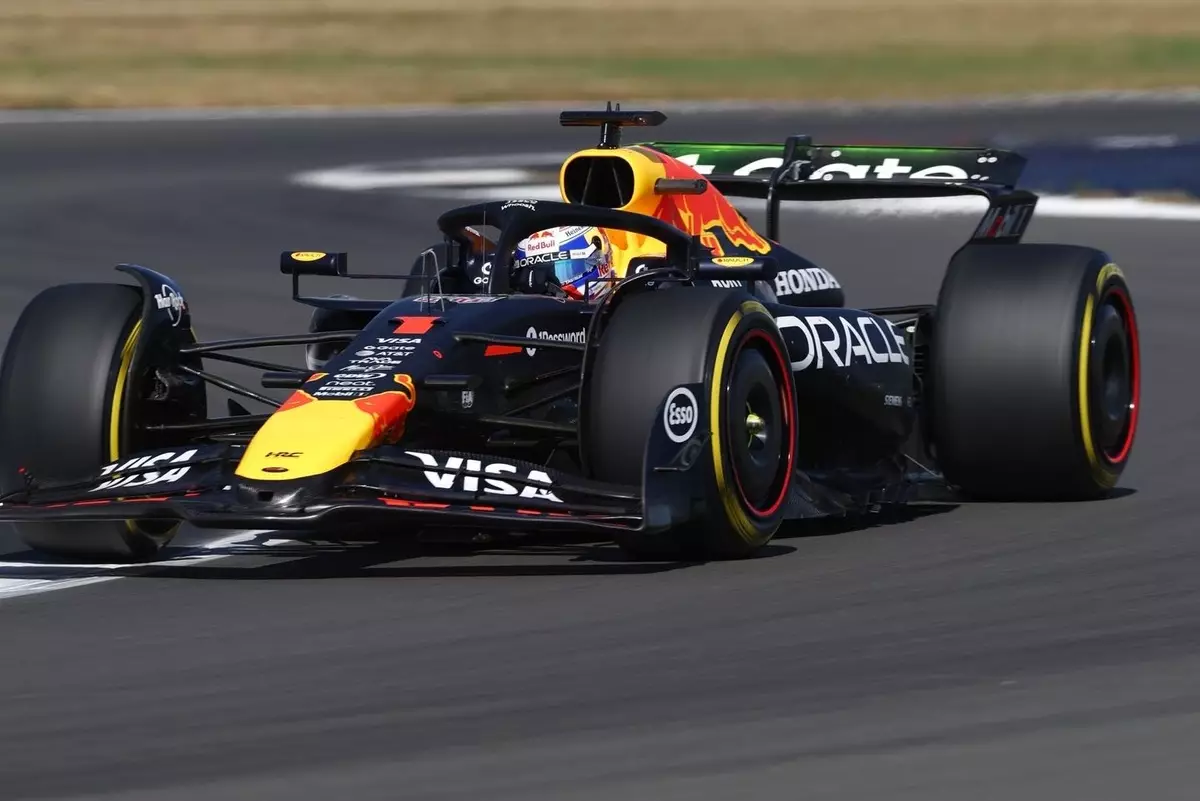Max Verstappen’s candid acknowledgment of a “bad day” at Silverstone reveals more than just temporary dissatisfaction; it exposes the underlying challenges faced by top-tier drivers striving for perfection in a highly competitive environment. Despite his success, Verstappen’s comments underscore the reality that even champions are at the mercy of technical performance and unpredictable conditions. His emphasis on the car’s lack of balance and sensitivity to wind highlights a persistent issue that can undermine confidence, erode momentum, and hinder race strategies. For Verstappen, frustration is a sign of high standards unmet—a reminder that victory is as much about the car’s reliability and adaptability as it is about raw talent.
The “rough” day unravelled the car’s vulnerabilities in handling and cornering, particularly in complex sections like Silverstone’s Turn 6 and 7. It’s easy to mistake a driver’s critique as mere criticism, but in reality, it’s an invaluable insight into what separates an excellent car from an exceptional one. Verstappen’s reactive nature illustrates a driver deeply engaged with his machinery, pushing the limits, and demanding relentless improvements. His statement that the car felt “quite poor in general” isn’t just a fleeting comment but a call to action for the engineers to refine every aspect that impacts performance—handling, stability, and responsiveness.
Horner’s Response: Strategic Confidence and the Path Forward
Christian Horner’s reassurance about the team’s stability in the context of Verstappen’s future and ongoing organizational improvements signals a calculated approach to maintaining morale and momentum. While rumors about Verstappen’s possible move to Mercedes swirl, Horner’s calm demeanor and emphasis on “tools” indicate a belief that Red Bull can and will innovate to stay ahead. His mention of upcoming investments—such as a new wind tunnel—demonstrates a proactive strategy to elevate the team’s technological arsenal.
However, his refusal to definitively confirm Verstappen’s stay beyond 2026 hints at an underlying tension. It suggests that, despite current successes, the team is acutely aware of the competitive landscape and the need to continuously adapt. Horner’s confidence must be viewed with cautious optimism; no team can rest on laurels, especially when facing rivals like McLaren, who have surged ahead this season. The reference to “balancing effect” and “understeer” as key issues also indicates that Red Bull’s challenge is not just talent but engineering finesse—an area where incremental improvements can yield significant gains.
Layers of Competition: Red Bull’s Technical and Strategic Race
This moment at Silverstone exemplifies how even a dominant team like Red Bull is grappling with the realities of Formula 1’s evolution. It’s not solely about driver skill anymore but increasingly about data-driven engineering and adaptive strategies. Red Bull’s acknowledgment of needing to “tidy up” the car’s handling and address setup imperfections underscores a fundamental truth: mastery in F1 lies in the detail.
The long-term vision involving new tools, improved wind tunnel capability, and organizational tuning highlights a crucial insight—technological prowess and strategic investments shape future success. Red Bull’s philosophy appears committed to continuous refinement, suggesting that today’s underperformance is merely a catalyst for tomorrow’s innovation. While Verstappen’s dissatisfaction might generate noise, it also serves as an impetus for the team to elevate their game.
The Reality of a Competitive Landscape and the Power of Adaptation
Verstappen’s era of domination is a testament to the importance of relentless pursuit of excellence, but as the competition intensifies, complacency becomes a liability. This chapter in Red Bull’s story is a reminder that even the most talented drivers and strongest teams face setbacks, and their true strength lies in how quickly and effectively they respond.
In embracing a culture of continuous improvement, Red Bull demonstrates an understanding that technology, strategy, and driver feedback are interconnected. The future of Verstappen’s career and Red Bull’s supremacy depends on transforming these frustrations into engines of innovation. The team’s focus on upgrading tools, refining car dynamics, and strategic agility will ultimately determine if they can sustain their dominance amidst fierce rivals and unpredictable conditions.
In the grand chess game of Formula 1, Red Bull must master not only the present but also anticipate future challenges. Only then can they ensure that Verstappen’s immense talent is complemented by a machine built for victory rather than hindered by the elements and engineering shortcomings. The journey ahead is as much about psychological resilience and strategic adaptation as it is about raw speed—an arena where Red Bull strives to turn every “bad day” into a stepping stone for unprecedented success.

